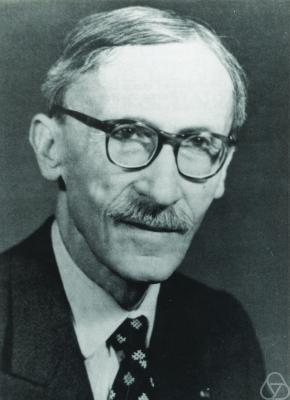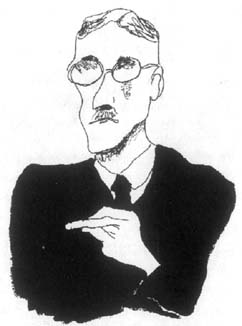<Back to Index>
- Mathematician Paul Pierre Lévy, 1886
PAGE SPONSOR


Paul Pierre Lévy (15 September 1886 – 15 December 1971) was a Jewish French mathematician who was active especially in probability theory, introducing martingales and Lévy flights. Lévy processes, Lévy measures, Lévy's constant, the Lévy distribution, the Lévy skew alpha - stable distribution, the Lévy area, the Lévy arcsine law, and the fractal Lévy C curve are also named after him.
Lévy was born in Paris, the son of Lucien Lévy, an Examiner at the École Polytechnique. Lévy also attended the École Polytechnique and published his first paper in 1905 at the age of 19, while still an undergraduate. His teacher and advisor was Jacques Hadamard. After graduation he spent a year in military service and then studied for three years at the École des Mines, where he became a professor in 1913.
During World War I Lévy conducted mathematical analysis work for the French artillery. In 1920 he was appointed Professor of Analysis at the École Polytechnique, where his students included Benoît Mandelbrot and Georges Matheron. He remained at the École Polytechnique until his retirement in 1959, with a gap during World War II after his 1940 firing because of the Vichy Statute on Jews.
Lévy received a number of honors, including membership at the French Academy of Sciences and honorary membership at the London Mathematical Society.